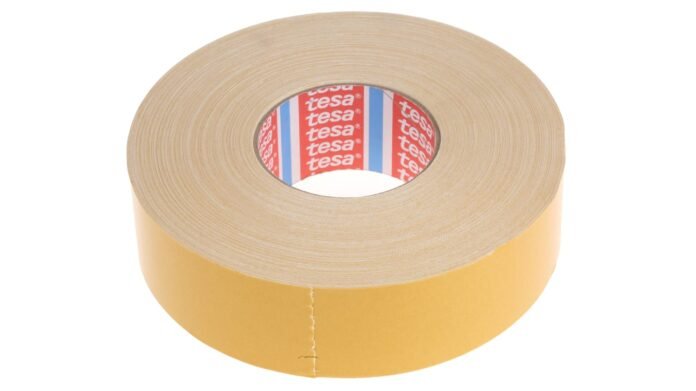When you need to tape up a package, it’s not difficult to know that you need packaging tape. The next steps, though, are not quite as simple. The items (and their packaging) you need to seal up safely and effectively – no matter your industry, organisation or operation – range wildly in size, shape, sensitivity and weight. So the commercial and industrial-grade packaging tape will have to perform a very specific task under very specific operating conditions. That means the tape type, its materials and its features all need to be just right.
Here’s an idea of the vast range of packaging tapes on the market today:
Transparent tape: These packaging tapes typically feature a powerful bond with a crisp, appealing finish.
Recycled tape: An increasingly popular, plant-based ‘green’ option for the environmentally-minded business.
Brown tape: Ideal for cardboards and other boxes and packages in which a transparent tape is less suitable.
Vinyl cross-weave tape: An incredibly strong option designed to last months with no risk of wastage such as leaking.
Printed tapes: Standard or custom messaging to provide warnings or promote brands.
Double-sided tapes: Ideal for ‘invisible’ or concealed package fastening, such as gift wrapping or the addition of cards, notes and accessories.
Chances are, the long list of packaging tape types has only made the correct choice for your particular industry, business or purpose even more difficult – and bear in mind that there are plenty of other tapes we could add to the list as well!
So to help guide a wise decision, here are the 5 top considerations for choosing the right packaging tape for your business:
- The grade
When we talk about tape ‘grade’, this is normally most noticeable in the thickness and strength of the film and the adhesive. The required bonding power, and the tensile strength, will depend on the box or package’s size and weight, and the operating conditions for both the production and subsequent shipping.
- The environment
Indeed, the temperatures and other environmental conditions the final package will be exposed to – including humidity, moisture or dust – will also determine what the film and adhesive will have to efficiently manage.
- The substrate
The surface or material upon which the tape will be applied is also highly relevant to the required tape performance, with packaging materials coming in many forms. These include double-wall cartons, corrugated finishes, printed packaging, recycled packaging, waxed finishes, and so on.
- The application
How the tape will be applied also matters, whether by hand or with a manual dispenser, or as part of an automated process. If the tape will be applied manually, the product will have to be fit for purpose with easy unwinding, highly efficient initial ‘grab’, and perhaps even quiet unwinding. For automated processes, a focus on stretch, tear or breakage resistance may be a greater consideration.
- The quality
Finally, the overall quality of the product and its brand should be regarded as an over-arching factor in packaging tape choice, especially as packaging should be considered a vital aspect of your operations. Without performance and reliability, a few saved dollars on sub-standard quality can expose your business to losses and severe reputational impacts.
At the end of the day, there is no simple answer to the required packaging for your specific application, except that it needs to do its job with reliability, efficiency and cost-effectiveness. From hot melt tapes to acrylic tapes and double sided tapes, making the right choice for your packaging is vital to your business’ operations and reputation, so if you need expert guidance, don’t be shy to ask.











